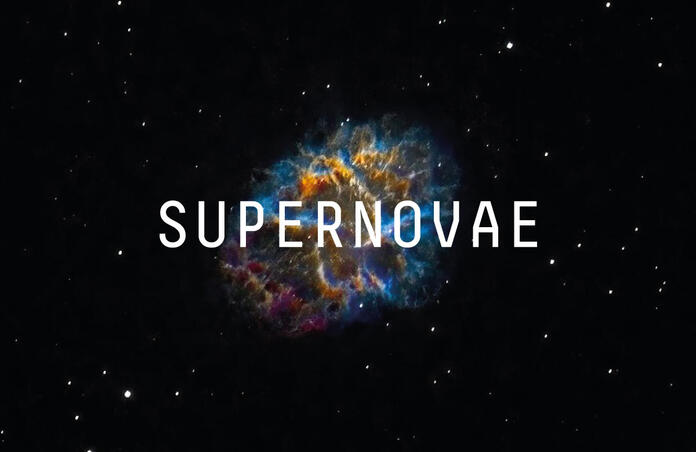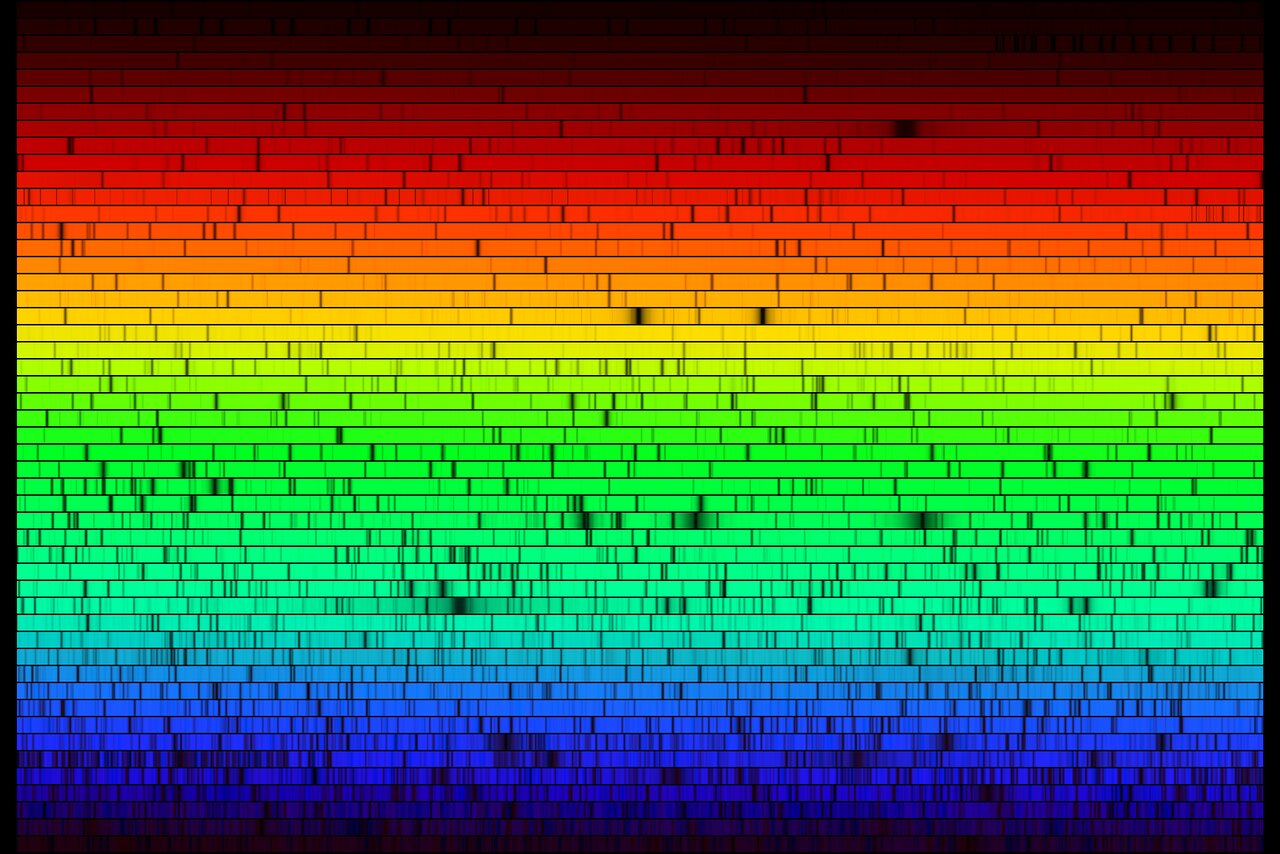What is a Supernova?

In “How does a star die”, we started discussing this end-of-life stage of stellar evolution. Let’s look more closely at the different types of supernovae and, of course, at what you can observe!
It was briefly discussed that Type Ia supernovae are used as “standard candles”, but actually their difference from other types of supernovae lies in the process that causes the explosion. “Thermal runaway” occurs when a white dwarf stars accretes mass from a companion, which is thought to be typically an ageing star in the binary. Remember that when ageing, stars become really large, up to Red Supergiants; the white dwarf will attract some of that matter and incorporate it into itself. At a certain mass limit, from the gravitational pressure the white dwarf’s core reaches a temperature high enough to ignite Carbon fusion, at which point it undergoes the runaway nuclear fusion process: the matter rapidly undergoes fusion, causing an explosion. More precisely, a shock wave ejects matter from the white dwarf.
Observationally, this implies a sudden increase in the star’s luminosity, followed by the typical light curve - light intensity as a function of time - that makes Type Ia supernovae useful as standard candles. Indeed, as was just mentioned, it’s going over the mass threshold that triggers the nuclear runaway fusion, so we can expect a similar composition in all Type Ia supernova. In particular, there is the element Nickel 56 which decays radioactively according to a precisely known law, thus enabling the calculations leading to the distance to the supernova.

Other types of supernovae are subject to core collapse, which is the scenario of unsustainable fusion of elements beyond the Iron peak described in “How does a star die”. They are classified according to their spectral properties. An absorption spectrum of a star will show what elements are present in the atmosphere, as they absorb photons at specific wavelengths: the star emits at all wavelengths, but the spectrum has “black” lines in it corresponding to those elements (as you can see in the Sun’s spectrum above). However, when studying the matter emitted by the supernova, we are interested in the emission spectra, i.e. the radiation coming from the elements in this ejected matter. For instance, all Type II supernova show hydrogen emission lines. This justifies the use of narrowband filters when you wish to observe supernova remnants, more about that in this article.

In terms of observing the supernovae themselves, this catalogue https://sne.space/ is a very helpful place for finding a recent target and also familiarizing yourself with the concept of light curves. As you can see from the photograph below, even without coloured filters the bright star will be distinct from the rest of the galaxy. Note that the other stars on the image with similar apparent brightnesses are from our own galaxy rather than M51!
Ready to get started on your first observation of a supernova? Submit your request to the webapp and if you have any further questions don’t hesitate to get in touch!
Cover image:
M1 Crab Nebula, Francesco Pessolano, 11/2020 SPA-2 Telescope
Images credits:
1. N.A. Sharp, NOAO/NSO/Kitt Peak FTS/AURA/NSF
2. D. Mülheims
